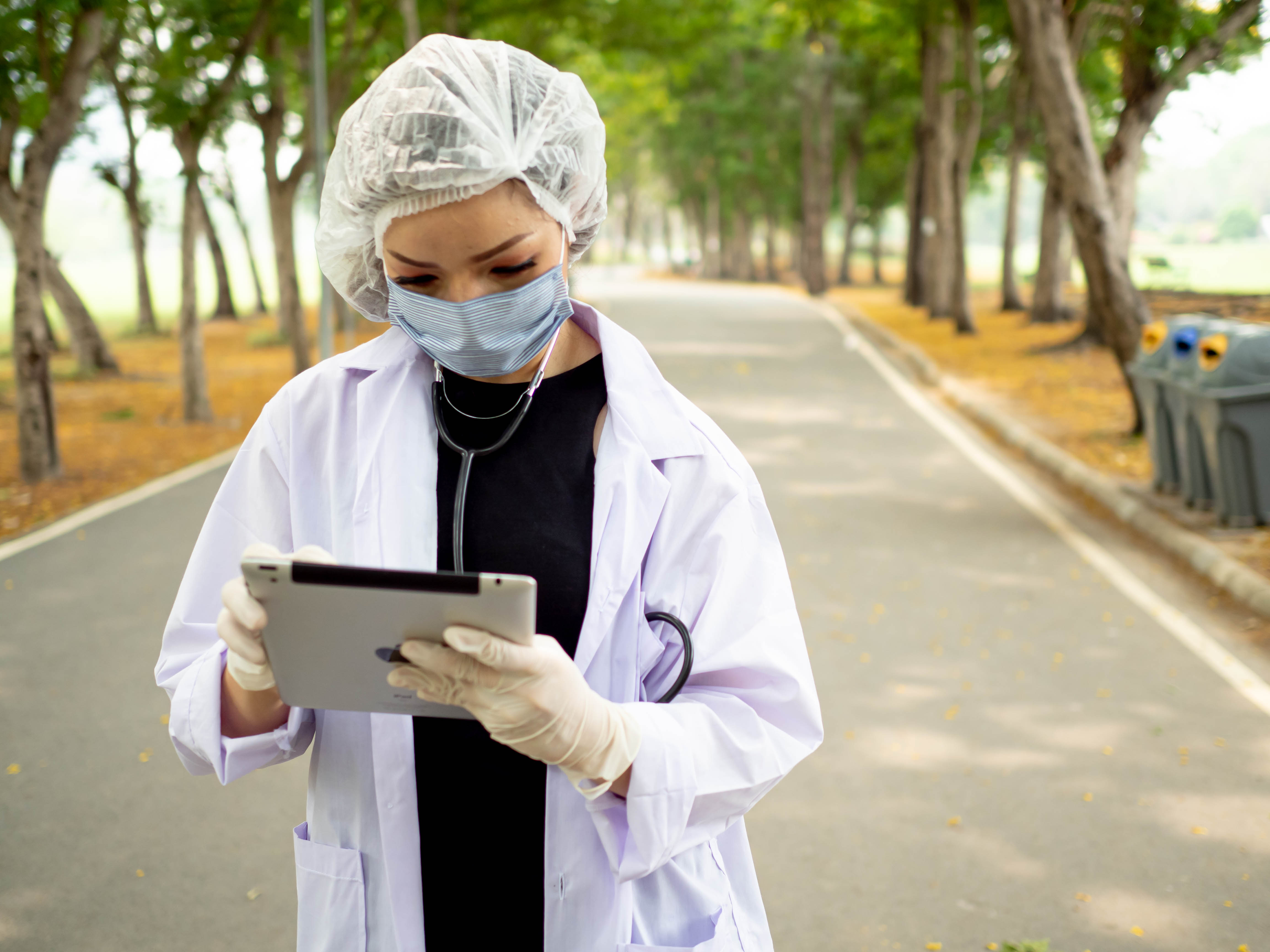12 Hidden Dangers of Overusing Antibiotics (And What to Do Instead)
Antibiotics have revolutionized healthcare since their discovery in the early 20th century. Initially hailed as miracle drugs, these powerful medications have saved countless lives by effectively treating bacterial infections that were once considered fatal. Penicillin, the first widely used antibiotic, opened the door to a new era in medicine, drastically reducing mortality rates from infections like pneumonia, tuberculosis, and sepsis. However, as with any powerful tool, antibiotics come with complexities that require careful consideration. In recent years, the medical community has become increasingly aware of the hidden dangers associated with antibiotic use, including the rise of antibiotic-resistant bacteria, adverse side effects, and the disruption of the body's natural microbiome. This article explores 12 essential secrets about antibiotics, focusing on twelve hidden dangers and proposing smarter alternatives for healthier healing. By understanding these intricacies, patients and healthcare providers can make more informed decisions, ensuring that antibiotics are used wisely and effectively to promote optimal health outcomes.
1. The Hidden Danger of Antibiotic Resistance

Antibiotic resistance is one of the most pressing global health threats, arising from the overuse and misuse of these drugs. When bacteria are exposed to antibiotics, they can develop mutations that enable them to survive future encounters with the same drug. This resistance can spread rapidly, rendering common treatments ineffective and leading to more severe infections that are harder to treat. The World Health Organization has warned that antibiotic resistance could lead to a post-antibiotic era, where minor infections and routine surgeries become life-threatening once again. Factors contributing to this crisis include the overprescription of antibiotics, their use in livestock, and patients not completing prescribed courses. To combat this, healthcare providers must adhere to strict guidelines, and patients must be educated on the importance of taking antibiotics only when necessary. Additionally, research into new antibiotics and alternative therapies is crucial to staying ahead of resistant strains.
2. The Impact on the Human Microbiome

Antibiotics don't just target harmful bacteria; they also affect the beneficial bacteria that reside in our bodies, collectively known as the microbiome. This complex ecosystem plays a vital role in digestion, immune function, and even mental health. When antibiotics disrupt the balance of the microbiome, it can lead to a range of health issues, including digestive disorders, weakened immunity, and increased susceptibility to infections. Recent studies suggest that an altered microbiome may also contribute to conditions such as obesity, diabetes, and mental health disorders. To minimize these risks, healthcare providers are exploring ways to protect and restore the microbiome during and after antibiotic treatment. Probiotics, prebiotics, and dietary interventions are being investigated as potential strategies to support a healthy microbiome and mitigate the negative effects of antibiotics.
3. Adverse Side Effects and Allergic Reactions

While antibiotics can be life-saving, they are not without risks. Common side effects include nausea, diarrhea, and rashes, but more severe reactions can occur, such as anaphylaxis, a potentially life-threatening allergic response. Certain antibiotics are known to cause specific adverse effects; for instance, aminoglycosides can lead to hearing loss, while fluoroquinolones have been linked to tendon damage and neurological issues. Patients with a history of allergies or adverse reactions must inform their healthcare provider before starting a new antibiotic. Monitoring for side effects during treatment is crucial, and patients should be encouraged to report any unusual symptoms immediately. In some cases, alternative medications or desensitization protocols may be necessary to safely treat infections in patients with known allergies.
4. Antibiotics and the Risk of Secondary Infections

One of the lesser-known dangers of antibiotic use is the risk of secondary infections, such as Clostridioides difficile (C. diff) infection. This bacterium can cause severe diarrhea and colitis, particularly in individuals who have recently taken antibiotics. The disruption of the normal gut flora by antibiotics creates an environment where C. diff can thrive, leading to recurrent and difficult-to-treat infections. Preventing secondary infections involves careful antibiotic selection, minimizing the duration of treatment, and implementing infection control measures in healthcare settings. Probiotic supplementation may also help prevent C. diff infections by supporting the growth of beneficial bacteria in the gut. Awareness and preventive strategies are essential to reduce the incidence of these debilitating secondary infections.
5. The Environmental Impact of Antibiotics

The widespread use of antibiotics has significant environmental consequences. Pharmaceuticals enter the environment through various pathways, including human and animal waste, pharmaceutical manufacturing, and improper disposal of medications. Once in the environment, antibiotics can affect microbial communities in soil and water, potentially leading to the development of resistant bacteria in natural ecosystems. This environmental impact poses a risk to both human health and biodiversity. Efforts to mitigate these effects include improving wastewater treatment processes, promoting the responsible disposal of unused medications, and reducing the use of antibiotics in agriculture. By addressing the environmental impact of antibiotics, we can help preserve the effectiveness of these vital drugs for future generations.
6. The Role of Antibiotics in Agriculture and Its Consequences

Antibiotics are extensively used in agriculture, not only to treat sick animals but also to promote growth and prevent disease in healthy livestock. This practice contributes significantly to the development of antibiotic-resistant bacteria, which can be transferred to humans through the consumption of meat, direct contact with animals, or environmental exposure. The use of antibiotics in agriculture is a contentious issue, with calls for stricter regulations and the adoption of alternative practices to reduce reliance on these drugs. Strategies such as improved animal husbandry, vaccination, and the use of probiotics and prebiotics in animal feed are being explored as ways to maintain animal health without the overuse of antibiotics. Reducing antibiotic use in agriculture is a critical step in combating the global threat of antibiotic resistance.
7. Smarter Alternatives: Phage Therapy

As antibiotic resistance becomes an increasingly serious problem, researchers are exploring alternative treatments for bacterial infections. One promising approach is phage therapy, which involves using bacteriophages—viruses that specifically target and destroy bacteria. Phage therapy has been used successfully in some countries for decades, and recent advances in genetic engineering have made it a more viable option for treating resistant infections. Unlike antibiotics, phages can be highly specific, targeting only the harmful bacteria without disrupting the beneficial microbiome. While phage therapy is still in the experimental stages in many parts of the world, it holds great potential as a complementary or alternative treatment to antibiotics, particularly for infections that no longer respond to conventional drugs.
8. The Potential of Antimicrobial Peptides

Antimicrobial peptides (AMPs) are another promising alternative to traditional antibiotics. These naturally occurring molecules are part of the innate immune system in many organisms, including humans, and have the ability to kill a wide range of bacteria, viruses, and fungi. AMPs have several advantages over conventional antibiotics, including a lower likelihood of resistance development and the ability to target biofilms, which are protective layers that bacteria form to shield themselves from antibiotics. Research into AMPs is ongoing, with scientists working to enhance their stability and effectiveness for clinical use. As we search for new ways to combat bacterial infections, AMPs offer a promising avenue for innovation in antimicrobial therapy.
9. Probiotics and Prebiotics: Supporting the Microbiome

Probiotics and prebiotics are gaining attention as potential allies in the fight against antibiotic-related health issues. Probiotics are live microorganisms that can confer health benefits when consumed in adequate amounts, while prebiotics are non-digestible fibers that promote the growth of beneficial bacteria. Together, they can help maintain or restore a healthy microbiome, particularly during and after antibiotic treatment. Studies have shown that probiotics can reduce the risk of antibiotic-associated diarrhea and may help prevent infections such as C. diff. Incorporating probiotics and prebiotics into the diet, through foods or supplements, can support overall gut health and enhance the body's natural defenses, offering a natural complement to traditional antibiotic therapies.
10. The Importance of Personalized Medicine

Personalized medicine is an emerging field that tailors medical treatment to the individual characteristics of each patient, including their genetic makeup, lifestyle, and microbiome composition. This approach has the potential to optimize antibiotic use by identifying the most effective drug and dosage for each patient, minimizing the risk of side effects and resistance. Advances in genomic sequencing and bioinformatics are enabling healthcare providers to better understand how patients respond to different antibiotics, paving the way for more targeted and efficient treatments. By embracing personalized medicine, we can improve patient outcomes and reduce the negative impacts of antibiotic use, ushering in a new era of precision healthcare.
11. Educating Patients and Healthcare Providers

Education plays a crucial role in addressing the challenges associated with antibiotic use. Patients need to understand the importance of taking antibiotics only when necessary and completing prescribed courses to prevent resistance. Healthcare providers must stay informed about the latest guidelines and research on antibiotic stewardship, ensuring that they prescribe these drugs judiciously. Public health campaigns and continuing education programs can help raise awareness and promote responsible antibiotic use. By fostering a culture of education and awareness, we can empower individuals and communities to make informed decisions about antibiotics, ultimately reducing the risks and enhancing the benefits of these vital medications.
12. The Future of Antibiotic Development

The development of new antibiotics is essential to keeping pace with evolving bacterial threats. However, the pipeline for new antibiotics has slowed in recent years due to scientific, regulatory, and economic challenges. Encouraging innovation in antibiotic research requires a multifaceted approach, including increased funding for basic and applied research, incentives for pharmaceutical companies to invest in antibiotic development, and streamlined regulatory pathways for new drugs. Collaborative efforts between governments, academia, and industry are crucial to overcoming these barriers and ensuring a steady supply of effective antibiotics. By investing in the future of antibiotic development, we can safeguard public health and maintain our ability to combat bacterial infections.
Embracing a Balanced Approach to Antibiotics

Antibiotics remain a cornerstone of modern medicine, but their use must be balanced with awareness of the potential dangers and the exploration of alternative therapies. By understanding the complexities of antibiotic resistance, the impact on the microbiome, and the risks of side effects and secondary infections, we can make more informed decisions about when and how to use these drugs. Embracing smarter alternatives such as phage therapy, antimicrobial peptides, and probiotics can enhance our ability to treat infections while preserving the effectiveness of antibiotics. Educating patients and healthcare providers, investing in personalized medicine, and fostering innovation in antibiotic development are key strategies for promoting healthier healing. By adopting a comprehensive and balanced approach, we can ensure that antibiotics continue to serve as a powerful tool for improving health and saving lives.